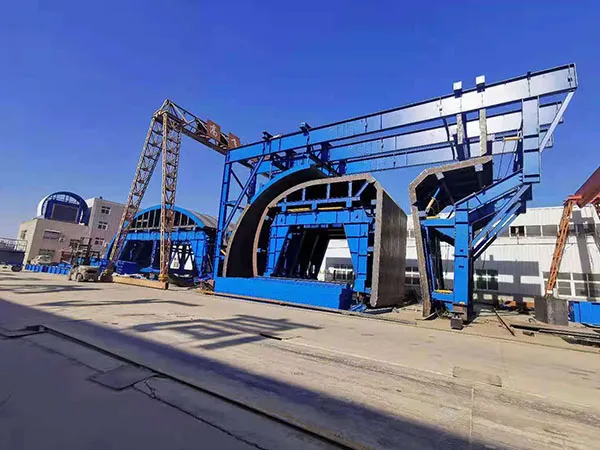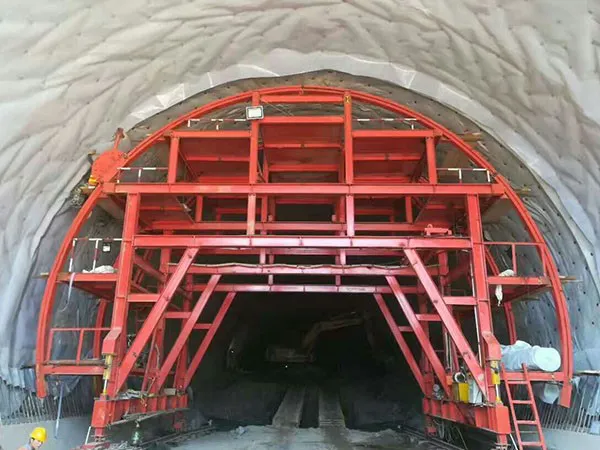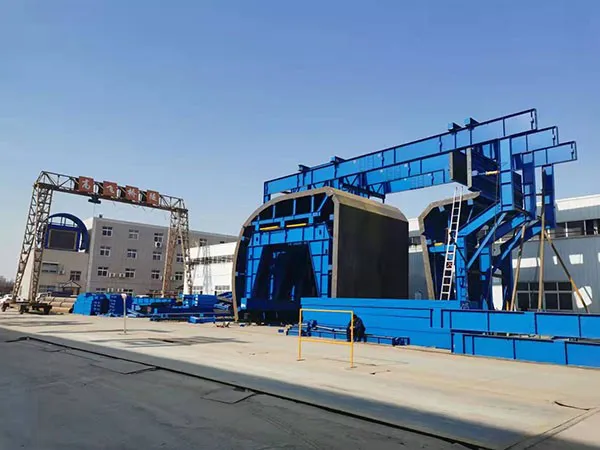In the foundry industry, choosing the right equipment is crucial for production efficiency and product quality. As the core vessel in the metal smelting process, the performance of the graphite crucible directly impacts smelting results, energy consumption, and even operational safety. So, with a wide variety of graphite crucibles on the market, why do some offer long lifespans and high efficiency, while others frequently break down and increase costs? How can your foundry make an informed choice?
How to Choose the Right Graphite Crucible for Your Foundry

Simply put, the lifespan and efficiency of a graphite crucible are primarily determined by factors such as the manufacturing process and materials, as well as operation, operation, and maintenance.
I. The Decisive Influence of Manufacturing Process and Materials
This is the fundamental reason for performance differences.
1. Manufacturing Process: The Core of the Core
Isostatic Pressing vs. Extrusion/Compression Molding
Isostatic Pressing (a modern, high-end process): This is the mainstream technology for manufacturing high-performance graphite crucibles. Graphite powder is placed in a flexible mold and uniformly applied to the crucible from all directions through a liquid. This results in an extremely dense and uniformly distributed crucible, like a dense layer cake with no weak points. Advantages: Extremely high mechanical strength, excellent thermal conductivity, exceptional thermal shock resistance (resistance to rapid heating and cooling), uniform wall thickness, and rapid heating.
Results: Long service life, high melting efficiency, and low energy consumption.
Extrusion/Compression Molding (Traditional Process): Using unidirectional or bidirectional pressure, density and structural uniformity are far inferior to isostatic pressing.
Disadvantages: Density gradients occur, making it prone to invisible cracks or stress concentration points. Under high temperatures and the impact of molten metal, these weak points will crack first, shortening service life.
…
For more detailed information on how to choose the right graphite crucible for your foundry, please click here:https://www.czgraphite.com/a/news/graphite-crucible-selection-for-foundries.html










